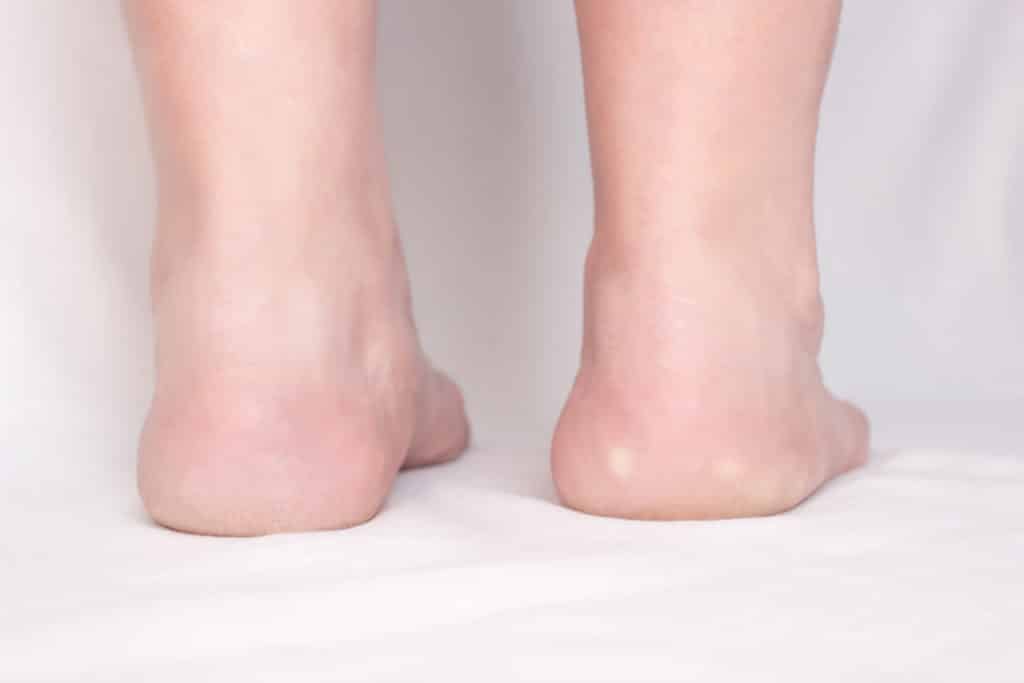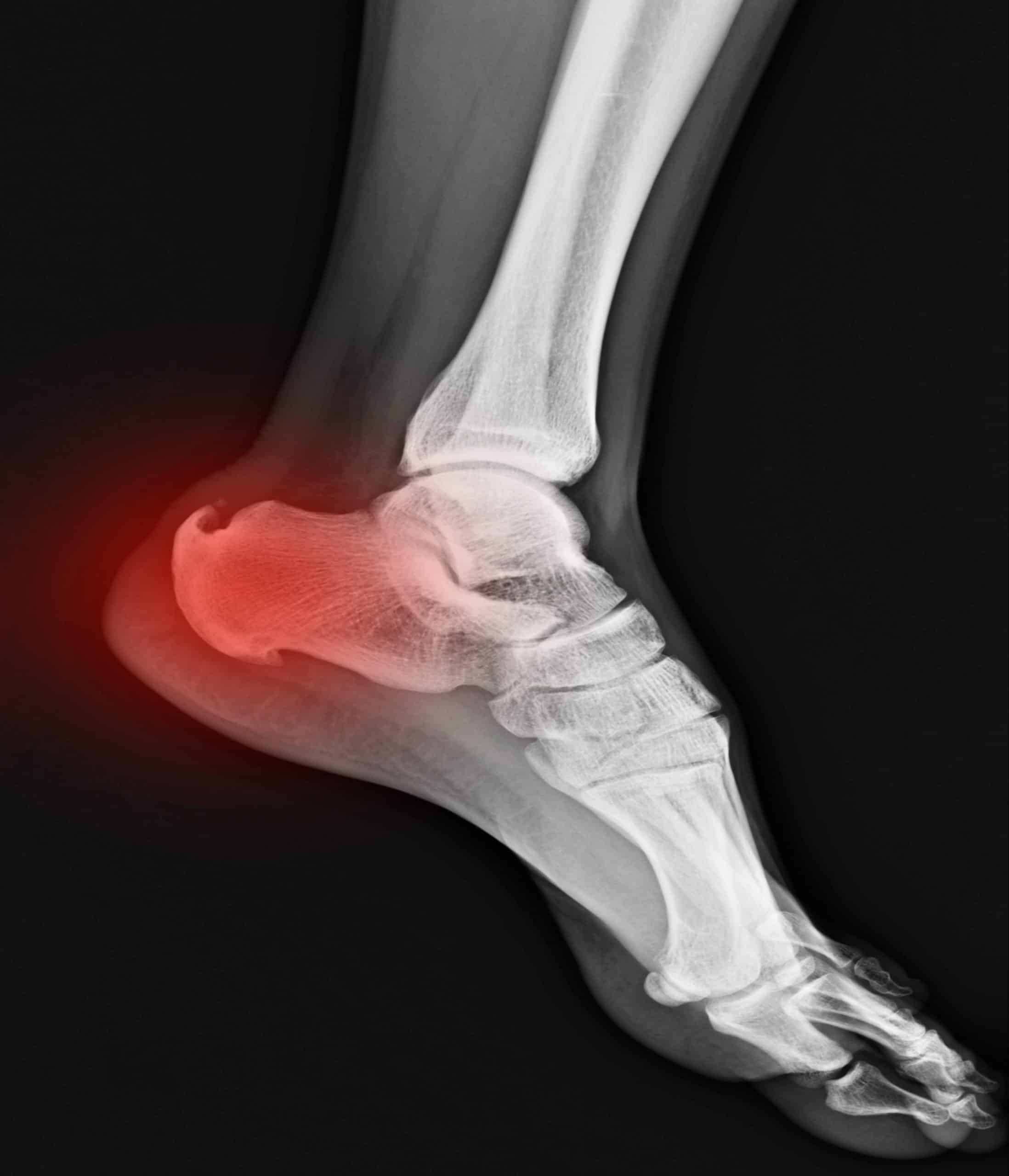Bone spurs, also called osteophytes, are bony projections that grow on the fringes of bone. They are most common near the joints (in the hands, feet, knees, and spine). On their own, spurs themselves are not painful, so many go unnoticed, not causing any noticeable symptoms. They can, however, cause visible bumps on the extremities on which they form and, if they press against nerves, can lead to pain or neuropathy.
Bone spurs are most common in people 60 years or older, though they are not exclusive to that age bracket. This is likely because they are associated with the wearing down of cartilage common to osteoarthritis. Spurs are usually diagnosed by X-ray and can be treated by chiropractic means.
What Causes Bone Spurs
Despite the occasional trouble they cause, spurs are actually part of the body’s mechanism to heal itself. In the case of joint damage, which is the biggest cause of bone spurs, the body creates new bone material in its attempt to repair cartilage. Hence, bone spurs are formed. The initial joint damage can result due to a number of causes, including genetics, diet, congenital bone problems, obesity, and spinal stenosis.
The most common source of joint damage or degeneration is overuse. Our joints take all the big hits, absorbing the impacts common in day-to-day activities as well as more rigorous usage frequent in labor-intensive careers and athletic activity. Osteoarthritis is another culprit for both joint wear and tear and narrowing of the spine. It manifests commonly as people move into their golden years.
Common Symptoms
Sometimes bone spurs go undiagnosed and untreated because they simply go unnoticed. Treatment is only required if bone spurs cause pain, and that generally only happens if the spur puts pressure on nerves. They can also restrict movement, depending on the size of the buildup, if they rub against other bones.
Exact symptoms are dependent on the location of the spur. The condition most frequently associated with spurs is plantar fasciitis, which can be caused by bone spurs in the feet. It includes pain or numbness or weakness in the feet and legs, stiffness or limited mobility, or tendonitis or tendon tears.
Bone spurs on the spine, if they contact nerves in the spinal column, can result in pain, weakness, muscle spasms, or cramps. In rare cases, spinal spurs can also lead to bladder control issues. If a spur breaks off and gets stuck in the lining of the joint, it is called a “loose body.” This can cause joints to lock up, limiting mobility.

The Treatment for Bone Spurs
If spurs are not causing pain, there may be no need to treat them. If they are, however, chiropractic spinal decompression can be the most effective way to go about it. Spinal decompression is the treatment method used to systematically stretch the spine, improving the gaps between each vertebrae and the spinal cord. Spinal decompression can pull bone spurs off of compressed nerves, relieving pain in a way that is noninvasive.
Spinal decompression uses a traction table to create intradiscal pressure. The patient lays on the table, the lower half of which can move, and is tethered to both halves. The lower half of the traction table shifts to gently stretch the patient’s spine without needing to support the weight of their back. When the bone spur on the vertebrae is pulled off of the spinal cord, pain is mitigated.
Few other treatment methods for bone spurs exist, though many claim to have at-home remedies for dissolving them. Other, more physiologically tested-methods include physical therapy. Tailored exercises and stretches can help improve joint strength and increase movement where spurs are inhibitive to mobility. Ask a qualified professional which exercises may help your situation. In severe and rare cases, surgery might be required.
While there is no perfect way to prevent bone spurs, wearing supportive shoes that do not rub against your feet can help relieve stress on the feet, lessening the conditions that form spurs. Proper posture can help do the same in the back. To that end, rest and staving off unnecessary stress conditions are the best preventative. A well-rounded diet with adequate levels of calcium and vitamin D can also help protect your bones.

Treating Spurs at Pinnacle Chiropractic
If you suspect that your pain is caused by bone spurs, come visit us at Pinnacle Chiropractic in Highlands Ranch. Our spinal decompression methods can work wonders to relieve the pain of spurs pressing on your nerves. Call today for a consultation.



